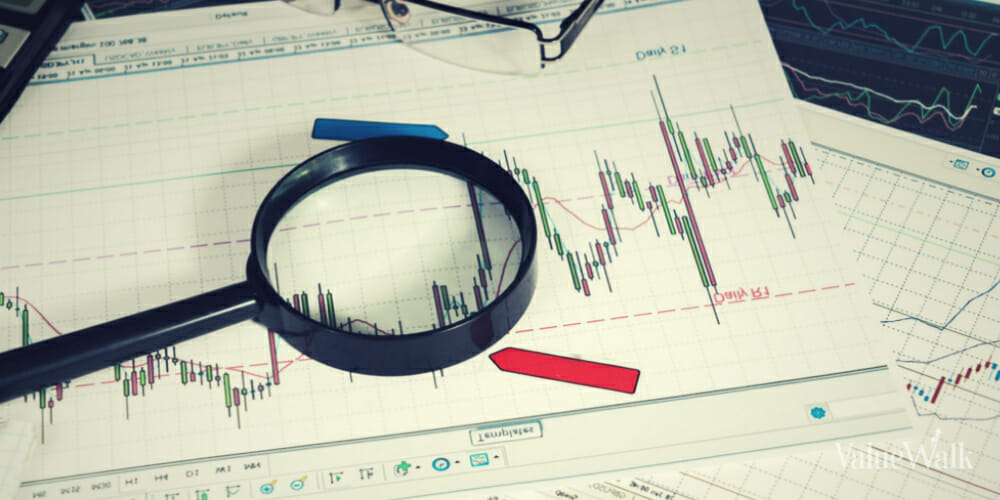Sanjay Bakshi: When You Should Buy And Sell; Market Trends by Rana Pritanjali, Motley Fool
Last October, Rana Pritanjali of Motley Fool reached out to me for an interview. Here is the transcript of the email interview which took place towards the end of November.
Sanjay Bakshi: When You Should Buy And Sell – Part I
Rana Pritanjali: Do you think that missing out on early opportunities and selling stocks too soon are inevitable flaws of value investing? These flaws can look like sins in this seven-year bull market!
Sanjay Bakshi: Missing out on an early opportunity creates regret. Often that regret is unwarranted because for truly outstanding businesses, there will be multiple opportunities to buy the stock. By definition, a 100-bagger is a 10-bagger twice over. So even if someone bought it after it had become a 10x, it would still become another 10x.
One of the most counterintuitive ideas in value investing in high-quality businesses is the power of averaging up. Very few value investors appreciate this power. If you’ve picked the right kind of business, which will be worth several times current market valuation in a few years’ time, then you must not hesitate in buying its shares simply because they are selling at an all-time high market valuation. Your focus should always be on potential future value a decade or so from now and how much money is there to be made between now and then.
There is a kind of pleasure that many value investors get from seeing the prices of their stocks fall from their cost because they can then buy more shares at an even lower price. To be sure, this practice — called averaging down — has its merits, provided one has picked the right business to invest into.
I don’t have any particular issue about averaging down. What I do find surprising is that many value investors avoid investing in businesses simply because their stock prices are selling at an all-time high. Moreover — and this is even more inexcusable in my view — they refuse to buy more shares at prices higher than their cost, even though management has executed even better than what was originally estimated by the investors. In a sense, the investors fall for “anchoring bias” where they anchor to their cost price and keep hoping the stock price will fall below that price so they can buy more shares.
The reality is that in high-quality businesses, there will be multiple times to buy more shares, and one must never focus on the cost price of existing shares or the fact they happen to be selling at an all-time high price and much higher than one’s own initial purchase price.
Equity investing has asymmetric payoffs. You can’t lose more than 100% of your money, provided you have not borrowed money to fund the purchase. But you can makes tens of thousands of percentage points over your cost if you pick the right kind of businesses.
I love John Templeton’s quote on the subject of when to invest: “The best time to invest is when you have money. This is because history suggests it is not timing which matters, but time.”
See full article here.
Sanjay Bakshi: Market Trends to Watch — and Ignore – Part II
Rana Pritanjali: How important is it to incorporate macro events in your analysis? More importantly, how practical is it to predict those events? The Latin American countries and the energy market are two recent examples. When I look back now, everything that happened seems so obvious, but I still wonder if the situation in other countries is any different and it’s just a matter of which country throws in the towel first. Doesn’t stock-picking become almost impossible if you try to incorporate a macro prediction in your analysis?
Sanjay Bakshi: macroeconomics has too many moving parts as compared to microeconomics. I don’t pay much attention to macro factors like interest rates and currency exchange rates, and I don’t think they are predictable, anyway.
Instead, I try to focus on businesses that have an inherent resilience that protects them from unfavorable macro developments. Take the simple notion of investing in businesses that buy commodities and sell brands. It’s a very elegant idea because it provides you with a framework of investing in businesses that are protected from the ravages of extreme competition.
Some years back, I did a case study on Relaxo, India’s largest branded footwear manufacturer. Last year, that business sold 112 million pairs of branded footwear at less than $2 a pair and delivered a pre-tax return on equity of 47%. Most of Relaxo’s products are made up of rubber and EVA (a petroleum derivative), which are global commodities whose prices tend to fluctuate quite a bit. But if you look at the volatility of the input prices and compare it with the volatility of Relaxo’s margins, you’ll find that the former is volatile and the latter is not. Why? Because Relaxo follows the simple notion of buying commodities and selling brands. It has the ability to pass through cost inflation to customers without fear of loss of unit volume or market share. And that ability comes from the ownership of brands.
And the ownership of brands is just one source of creating such a resilience. There are others. I know of cotton yarn manufacturers whose gross margins just don’t change as compared with price of cotton, and there are specific reasons for that. There is no brand, and yet there is this resilience from huge volatility in input prices.
So it’s much better, in my view, to focus on easier-to-understand-and-predict microeconomic factors than to worry about hard-to-predict (at least for me) macroeconomic factors.
Rana: Are smaller companies at an advantage because they have a smaller revenue base and hence provide better opportunities? Growth is easier to come by, even if they don’t have a track record of 25 years. Wal-Mart can try everything but still won’t be able to grow by more than 4% to 5% because of its large revenue base. Should I expect a below-average return from a company that is less risky than the market? And if I want an above-average return, should I be willing to take more risk?
Sanjay Bakshi: Smaller businesses obviously have that mathematical advantage you refer to over larger businesses, but then, the average small business is also riskier than the average large one. One only has to live though a severe recession to learn that lesson.
It’s also true, in my view, that even after considering the additional risk in smaller businesses, the stock market misprices (undervalues) them. One reason, of course, is that their stocks are relatively illiquid, so there is less competition.
One filter I use before I contemplate investing in a business is to ask: Can this become a 10-bagger or even a five-bagger? Often the answer is overwhelmingly no because of the reasons you mentioned above. So, I just let them be. But by no means is it necessary for other value investors to let them be. There’s nothing wrong in making lower rates of investment return on large businesses, and occasionally they too get massively mispriced.
See full article here.
None of the stocks mentioned in the interview are being recommended for purchase or sale. Also, about the title of the interview, I wish Motley Fool had not called me some kind of a genius. I have done plenty of foolish things in my investment life and there’s no doubt that I’ll continue to do more foolish things. Keep that in mind, when you read the transcript.





